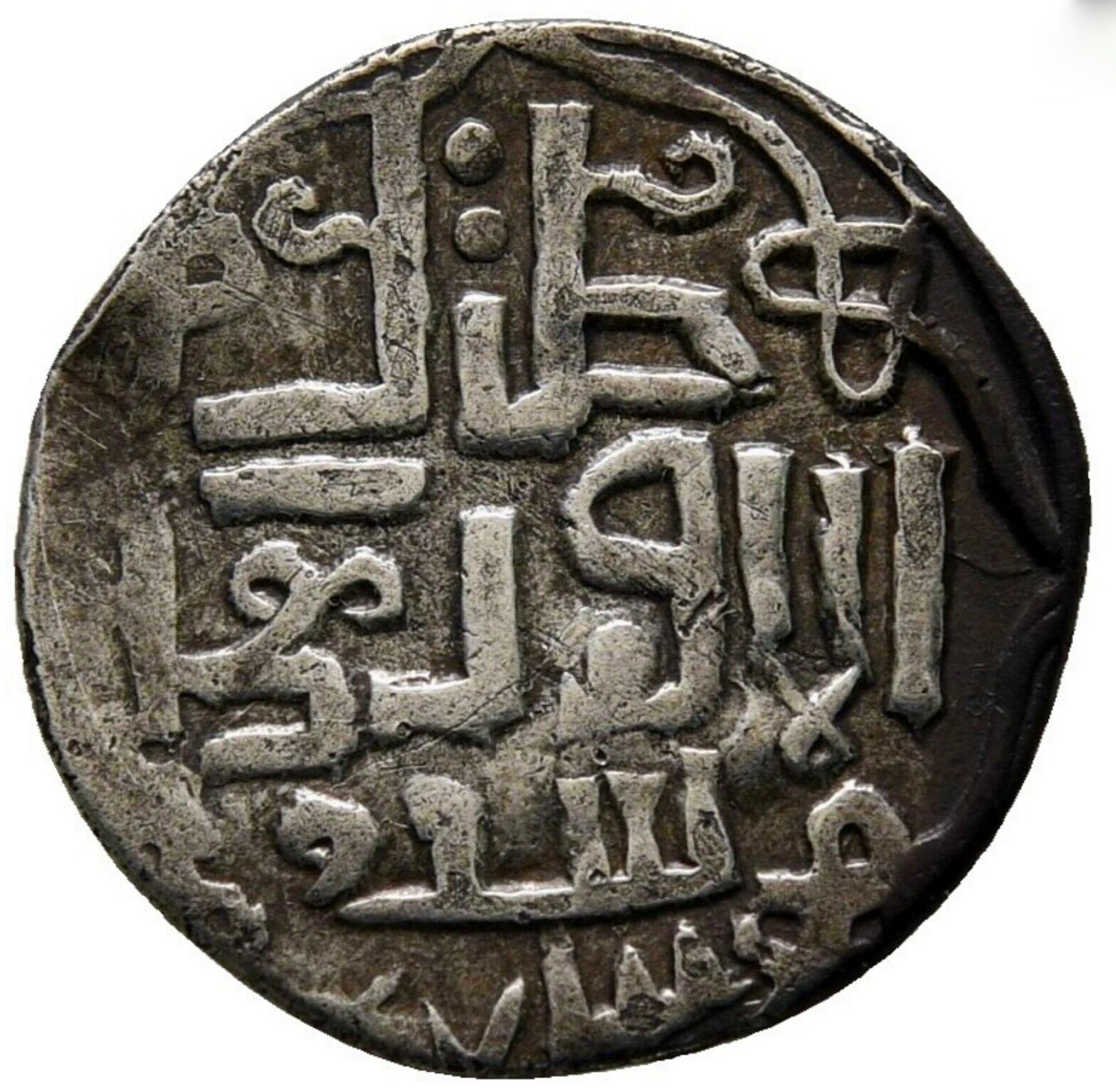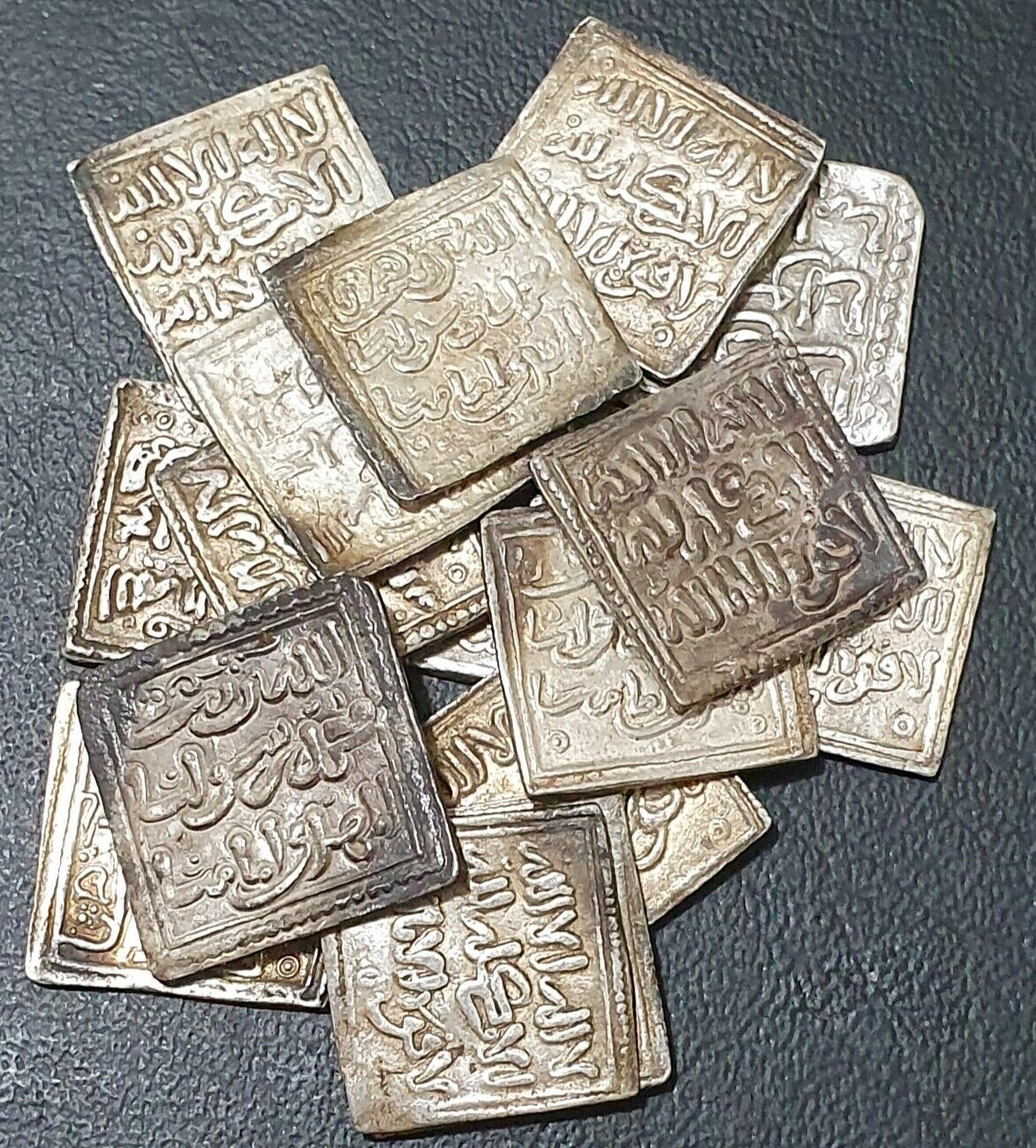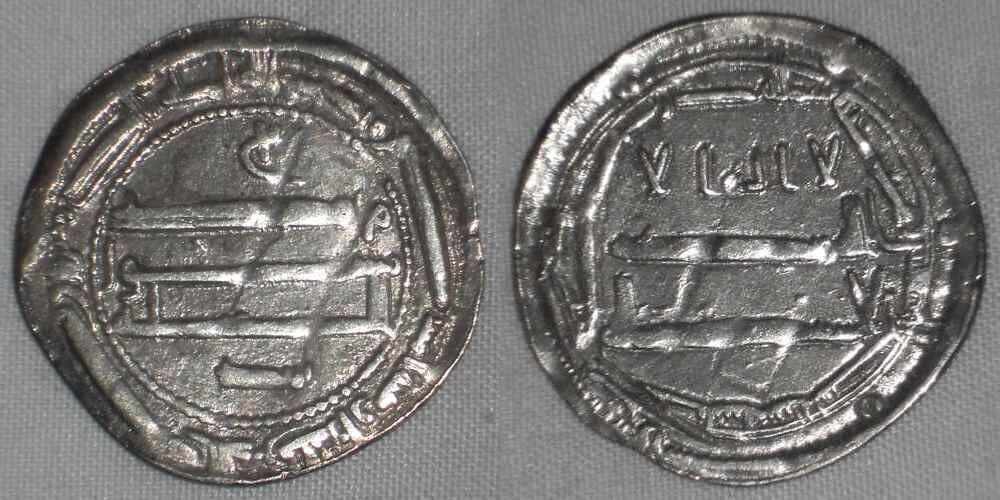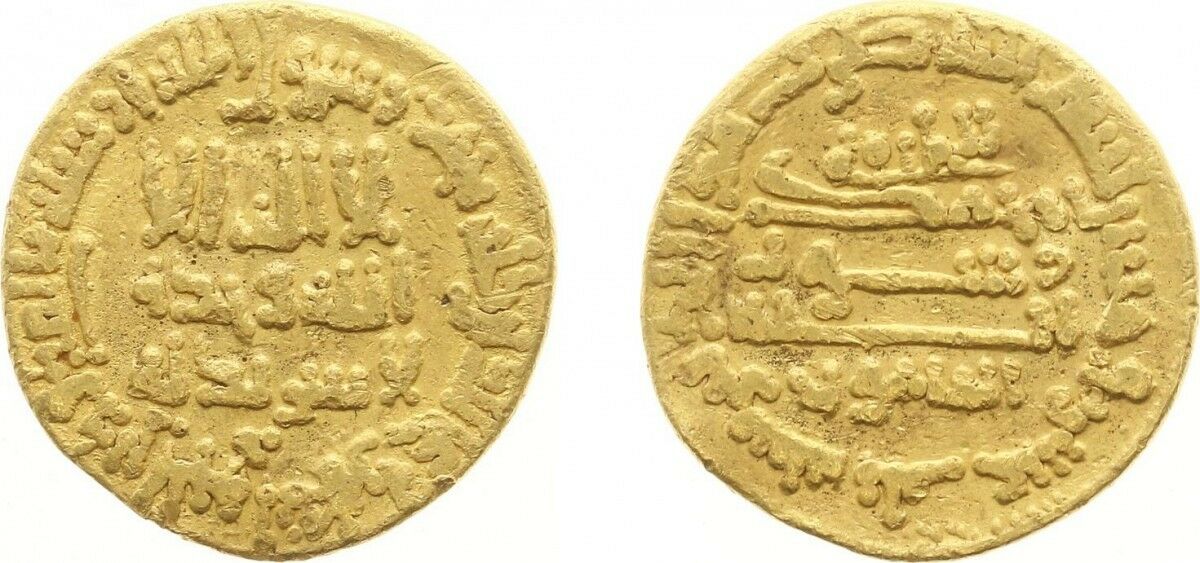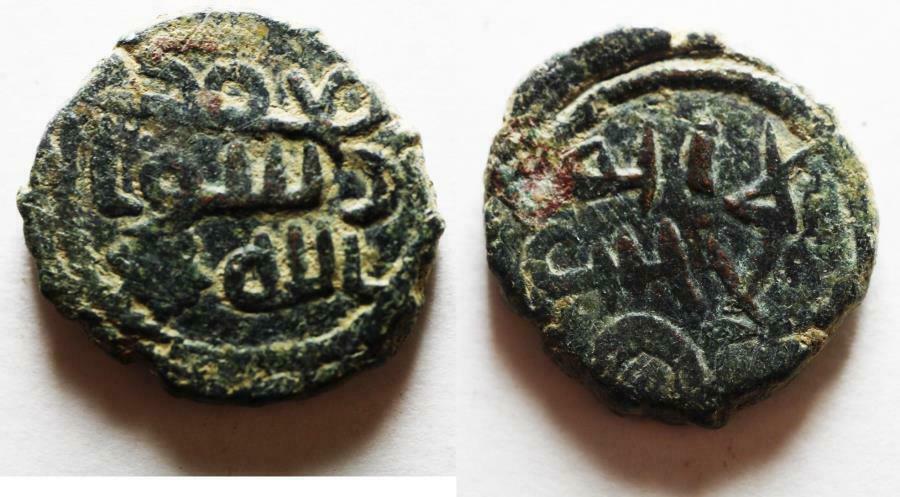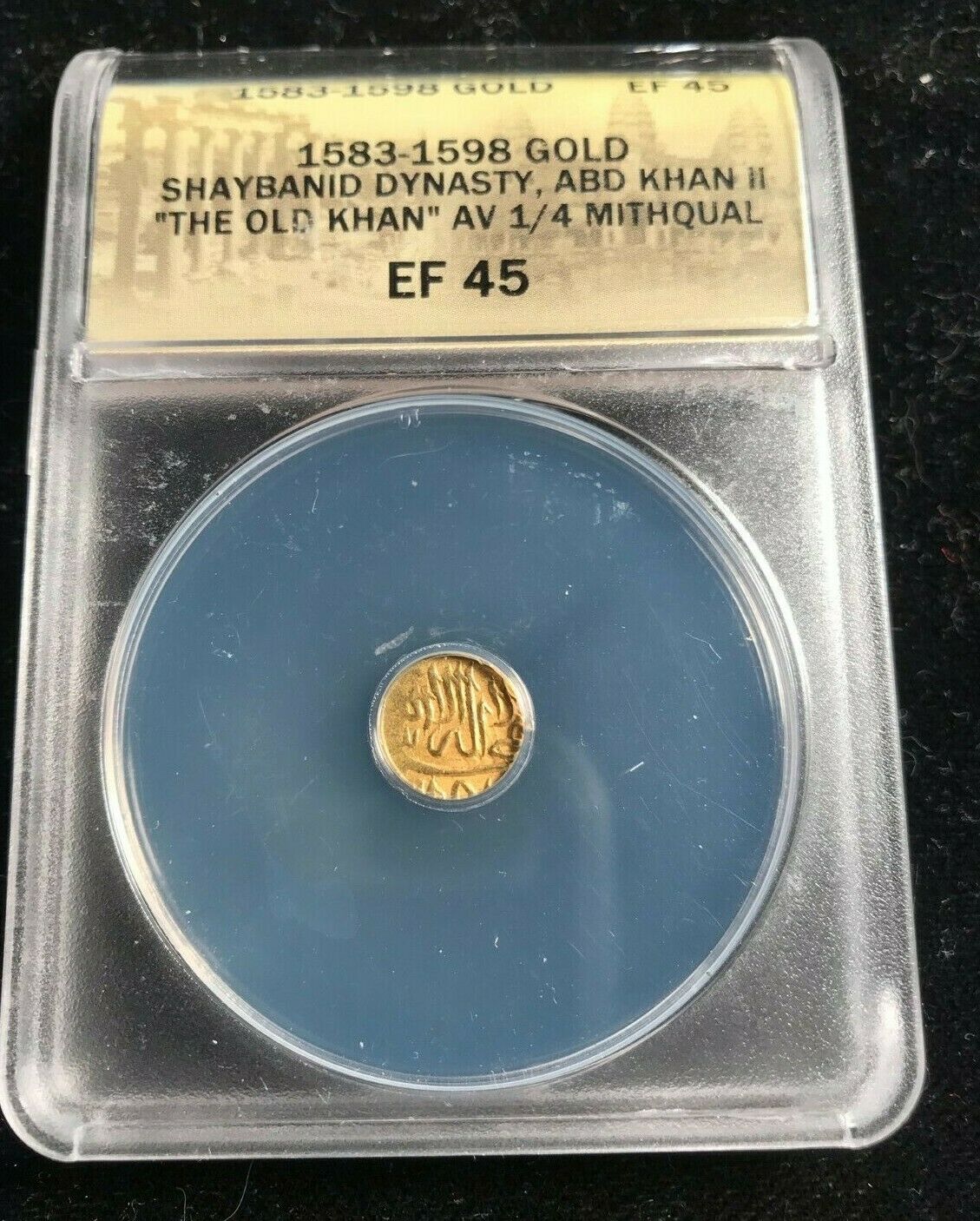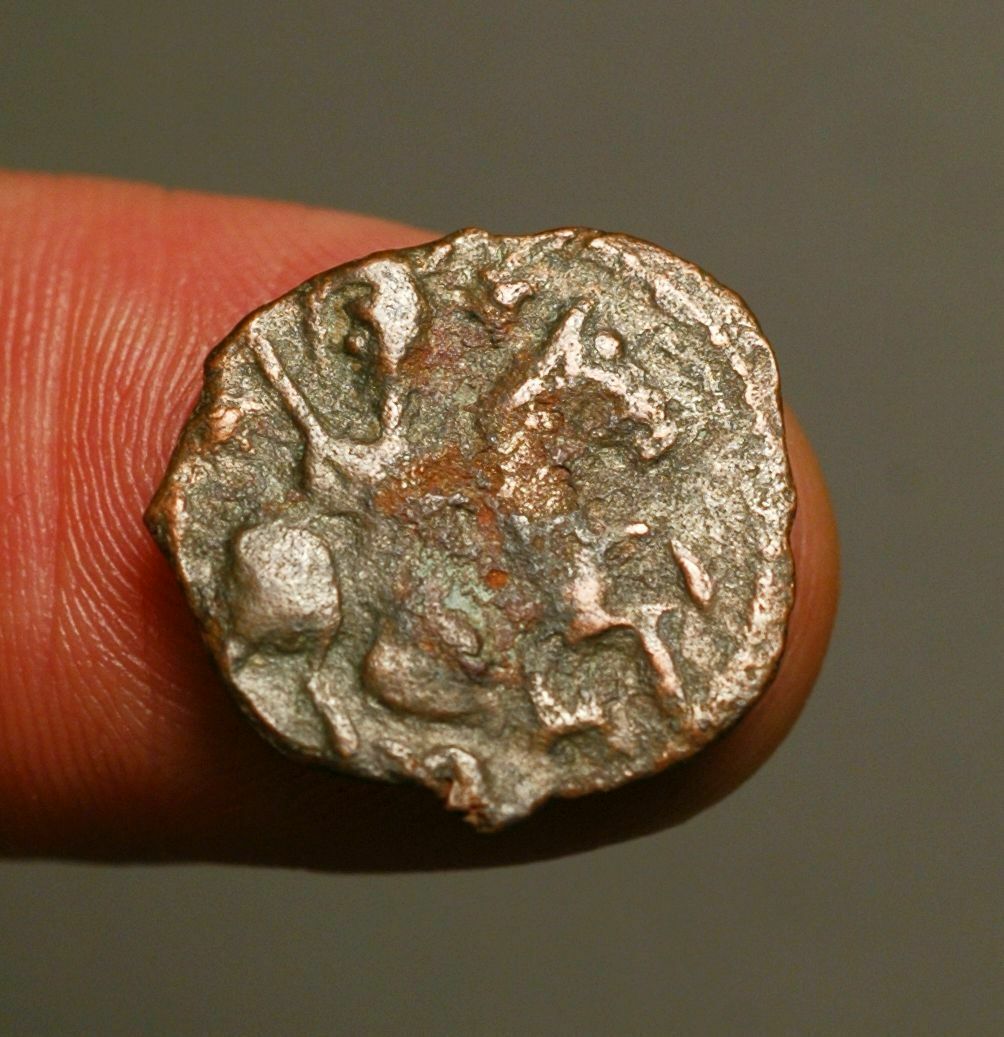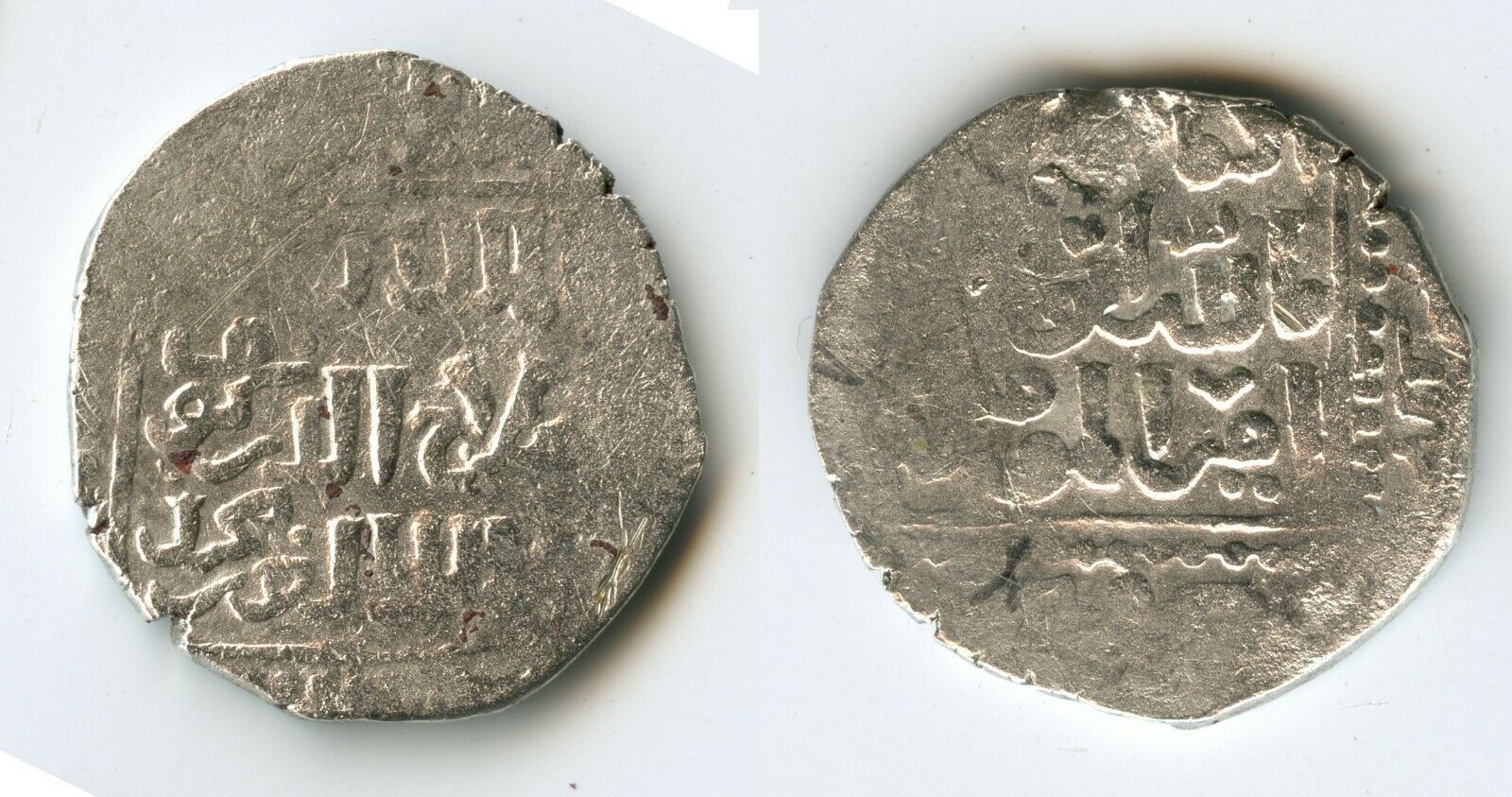-40%
1313-41 AD Islamic Dynasties Dirham AR Muhammad Özbeg Khan
$ 66
- Description
- Size Guide
Description
Ancient Coins Guaranteed AuthenticI offer 30-day no questions asked free returns!*‡‡
All Shipping Combined
Free Domestic Shipping
International Shipping Free For Purchases over ,000
*Does not include items damaged within first 30 days.
‡‡ Returns & cancellations Subject to a 3% restocking fee.
An unavoidable fee due to Paypal's recent user agreement changes.
Shaybanids: the early Uzbeks
Successor state of the Golden Horde
The Shaybanids (Persian: سلسله شیبانیان) were a Persianized[1] Turko-Mongol dynasty[2] in Central Asia.[3] They were the patrilineal descendants of Shiban, the fifth son of Jochi and grandson of Genghis Khan.[4] Until the mid-14th century, they acknowledged the authority of the descendants of Shiban's brothers Batu Khan and Orda Khan, such as Öz Beg Khan. The Shaybanids originally led the grey horde southeast of the Urals (also known as the Uzbegs, after the Uzbeks), and converted to Islam in 1282. At its height, the khanate included parts of modern-day Afghanistan and other parts of Central Asia.
As the lineages of Batu and Orda died out in the course of the great civil wars of the 14th century, the Shaybanids under Abu'l-Khayr Khan declared themselves the only legitimate successors to Jochi and put forward claims to the whole of his enormous ulus, which included parts of Siberia and Kazakhstan. Their rivals were the Timurid dynasty, who claimed descent from Jochi's thirteenth son by a concubine. Several decades of strife left the Timurids in control of the Great Horde and its successor states in Europe, namely the Khanates of Kazan, Astrakhan, and Crimea.
Under Abu'l-Khayr Khan (who led the Shaybanids from 1428 to 1468), the dynasty began consolidating disparate Ozbeg (Uzbek) tribes, first in the area around Tyumen and the Tura River and then down into the Syr Darya region. His grandson Muhammad Shaybani (ruled 1500-10), who gave his name to the Shaybanid dynasty, conquered Samarkand, Herat,[4] Balkh[4] and Bukhara,[4] thus ending the Timurid dynasty and establishing the short-lived Shaybanid Empire.[5] After his death at the hands of Shah Ismail I, he was followed successively by an uncle, a cousin, and a brother, whose Shaybanid descendants would rule the Khanate of Bukhara from 1505 until 1598 and the Khanate of Khwarezm (Khiva) from 1511 until 1695.
Another state ruled by the Shaybanids was the Khanate of Sibir, seizing the throne in 1563. Its last khan, Kuchum, was deposed by the Russians in 1598. He escaped to Bukhara, but his sons and grandsons were taken by the Tsar to Moscow, where they eventually assumed the surname of Sibirsky. Apart from this famous branch, several other noble families from Kyrgyzstan and Kazakhstan (e.g. Princes Valikhanov) petitioned the Russian imperial authorities to recognise their Shaybanid roots, but mostly in vain.
